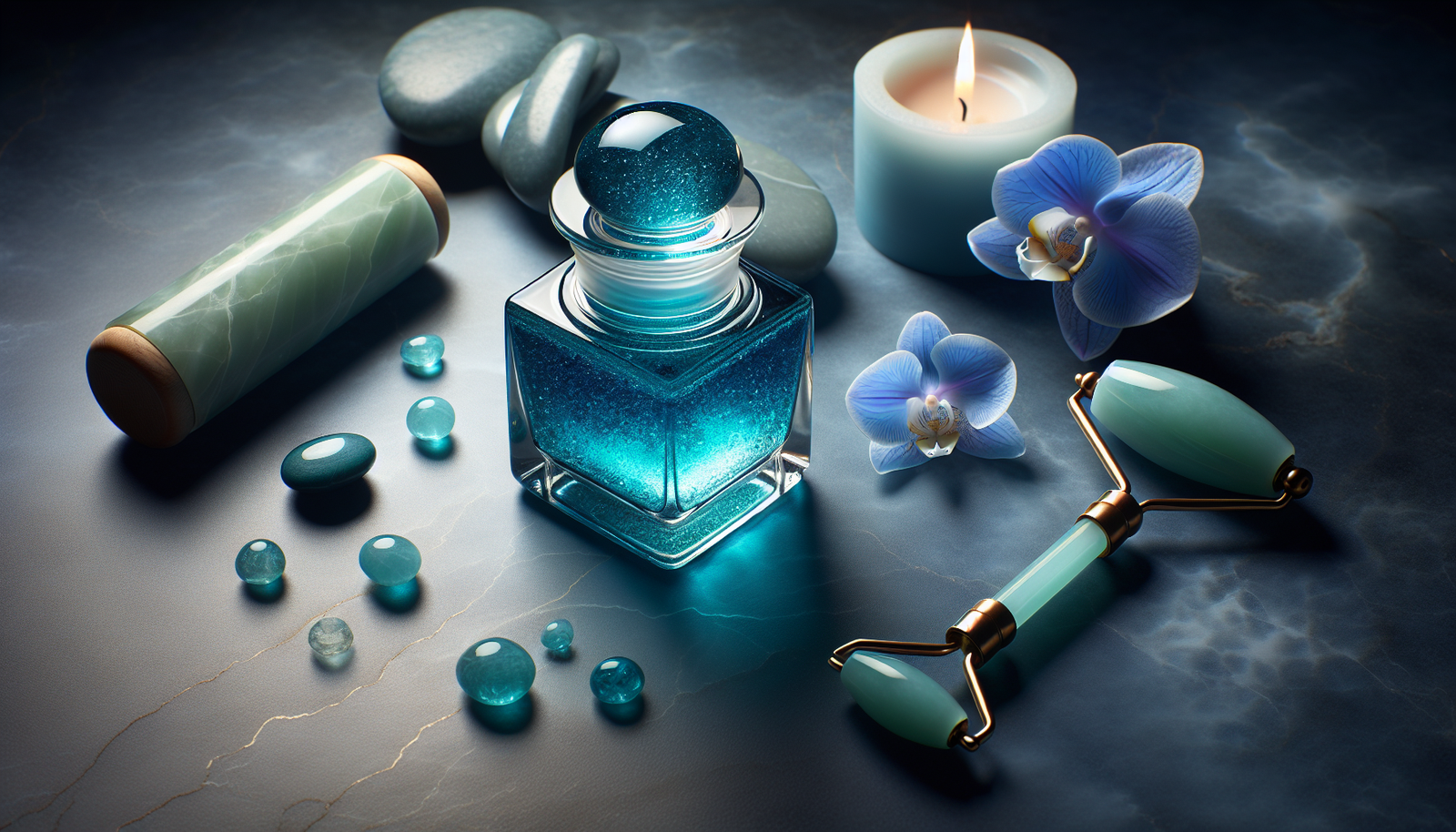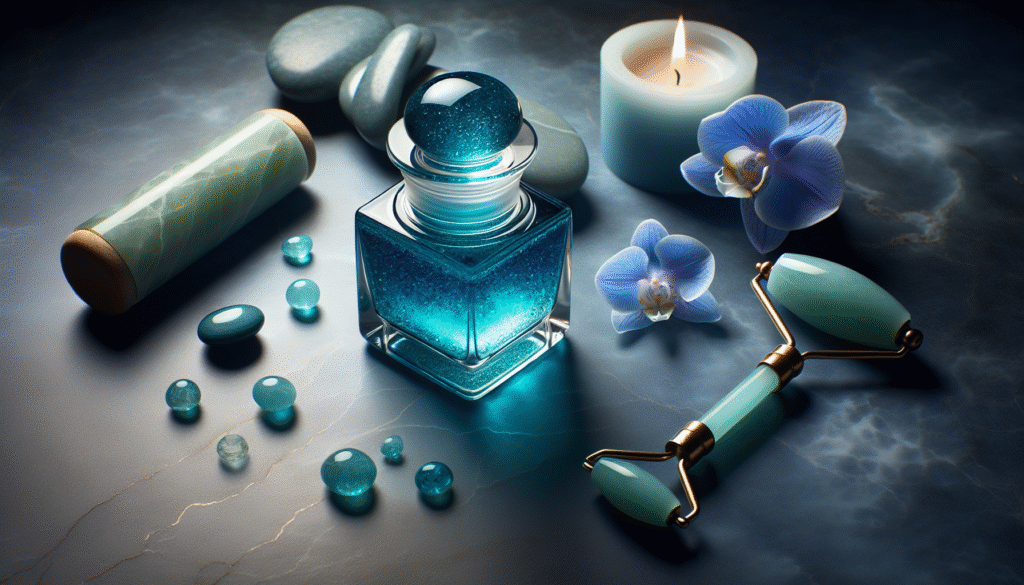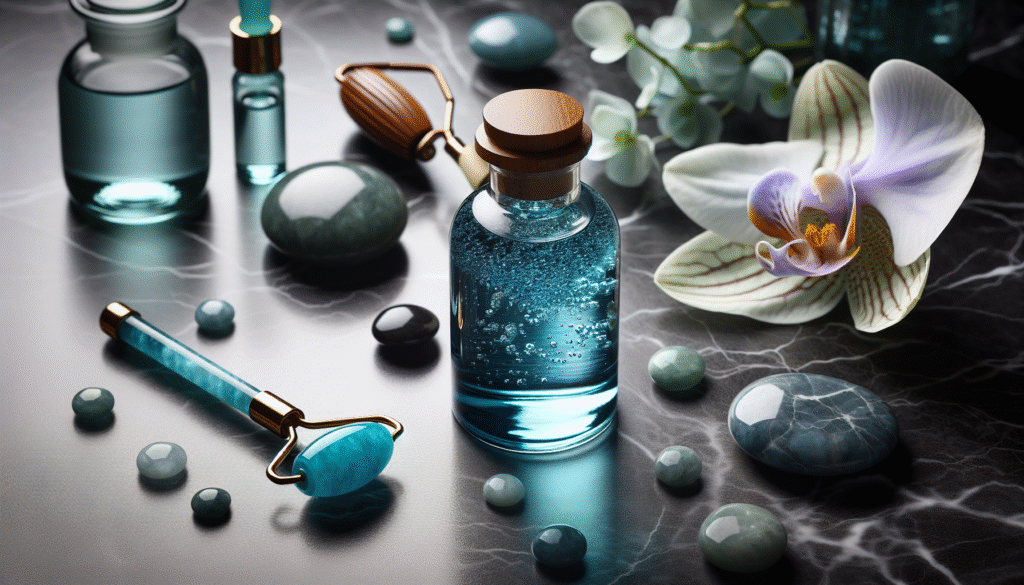
What do you really know about methylene blue and its implications in anti-aging treatments?

Understanding Methylene Blue
Methylene blue (MB) has garnered attention in various fields due to its diverse range of applications, yet its use in anti-aging therapies remains contentious. Originally developed as a dye more than a century ago, methylene blue has implications that stretch beyond simple coloration. You may wonder how a compound that has been mostly used in laboratory applications and medical treatments suddenly emerged as a potential anti-aging agent.
The Historical Context
Methylene blue has a long-standing history in medicine, primarily for its role as a treatment for methemoglobinemia and as a dye in diagnostic procedures. Its use dates back to the late 1800s, but it was not until more recent research that its potential impacts on cellular processes were acknowledged. As scientists examine the intricacies of aging and cellular health, methylene blue has entered the conversation as a molecule that could potentially modulate these processes.
What is Methylene Blue?
At its core, methylene blue is a synthetic dye that can easily penetrate biological membranes. Its unique chemical properties allow it to function as both a redox agent and as an electron carrier, which can influence cellular functions. Understanding these properties may help you appreciate its potential applications beyond traditional medicine.
Methylene Blue in the Context of Aging
When investigating the synergies between methylene blue and aging, you may encounter a myriad of claims, from miraculous rejuvenation to dire warnings. This section aims to separate fact from fiction to create a more nuanced understanding.
How Methylene Blue Affects Cellular Aging
Mitochondria, the powerhouse of cells, are critical in energy production and play an essential role in aging. Methylene blue has been shown to enhance mitochondrial function by acting as an electron carrier within the electron transport chain. This mechanism suggests a pathway through which methylene blue could potentially reduce oxidative stress, a significant factor in the aging process.
The Role of Oxidative Stress
Oxidative stress occurs when there is an imbalance between free radicals and antioxidants in the body, leading to cellular damage and accelerated aging. Methylene blue’s capability to reduce oxidative stress supports its appeal as an anti-aging agent. Evidence from various studies indicates that it can increase the resilience of cells against oxidative damage, which may translate to healthier aging.
Myths Surrounding Methylene Blue
Considering the surge of interest, various myths surrounding methylene blue have emerged. It is crucial to address these misconceptions to ensure you have an accurate understanding of its application in anti-aging treatments.
Myth 1: Methylene Blue is a Curing Agent for All Aging Issues
One prevalent myth is that methylene blue serves as a panacea for all age-related ailments. While the compound exhibits potential benefits, it is essential to note that it is not a universal solution. Just like any other treatment, it should be considered as part of a broader strategy that includes lifestyle choices, nutrition, and other therapeutic options.
Myth 2: Methylene Blue is Completely Safe
Another myth posits that methylene blue is entirely safe due to its long history of medical use. Though generally considered safe at prescribed doses, its side effects, particularly at high concentrations, can be significant. These can include nausea, dyspnea, and changes in urine color, among others. Your healthcare provider can guide you regarding appropriate dosing.
Myth 3: Methylene Blue Works Instantly
The impression that methylene blue yields immediate results is misleading. In reality, the impact of such treatments usually requires consistent use over time to observe measurable benefits. Cellular processes are complex and do not yield tangible results overnight, and any benefits would likely emerge gradually.
Research Supporting Methylene Blue in Anti-Aging
Despite the myths, a body of research supports the potential of methylene blue in combating aging.
Clinical Evidence
There is a growing collection of clinical studies focusing on the therapeutic applications of methylene blue in age-related conditions. Early-phase human trials have shown promise, with some reports indicating improvements in cognitive function and general well-being among older adults. However, it is essential to interpret these findings cautiously, as most studies have small sample sizes and varying methodologies.
Animal Studies
Research conducted on animal models has provided valuable insights into the potential mechanisms through which methylene blue may affect aging. Findings reveal that methylene blue administration is associated with increased lifespan and improved vitality in certain species, underscoring the need for further exploration in humans.
Mechanisms of Action
The cellular effects of methylene blue can be broken down into several key areas:
| Mechanism | Description |
|---|---|
| Electron Transport | Enhances mitochondrial function, improving energy production. |
| Antioxidant Properties | Reduces oxidative stress, protecting cells from damage. |
| Neuroprotective Effects | Showcases potential benefits for cognitive health, particularly in neurodegenerative conditions. |
You may find this table helpful in visualizing the diverse roles methylene blue plays at the cellular level.

Practical Applications of Methylene Blue
So, how can you utilize methylene blue within the framework of an anti-aging regimen?
Dosage and Administration
Methylene blue can be administered in various forms, including intravenous, oral, and topical applications. Depending on your preferences and needs, consulting a healthcare provider will ensure the dose aligns with your health goals. They can provide tailored advice based on current research and your medical history.
Integrating Methylene Blue into Your Routine
If you decide to incorporate methylene blue into your anti-aging routine, consider pairing it with other lifestyle modifications that bolster its effects. These modifications might include:
- Nutrition: Focus on a diet rich in antioxidants, such as fruits and vegetables, to further mitigate oxidative stress.
- Exercise: Regular physical activity can significantly impact mitochondrial health, creating a synergistic effect with methylene blue.
- Sleep: Prioritize quality sleep, as it is essential for cellular repair and overall well-being.
Contemplating Risks
As with any intervention, weighing the risks and benefits is key. Prior to introducing methylene blue into your regimen, consider potential contraindications, especially if you have underlying health issues or are taking other medications.
Future Directions in Research
As research in the field of aging and anti-aging therapies progresses, methylene blue will likely remain a point of interest. Future studies will delve into its long-term effects, optimal dosages, and ideal combinations with other therapeutic modalities.
Innovations on the Horizon
New delivery methods, such as nanotechnology-based carriers or combination therapies, may enhance the efficiency of methylene blue. Keeping abreast of these innovations will be essential for anyone interested in leveraging this compound for anti-aging purposes.
Global Research Trends
Worldwide, researchers are taking a heightened interest in the implications of methylene blue. Investigating its potential as a therapeutic agent against age-related diseases, including Alzheimer’s and Parkinson’s, could unlock new avenues for treatment.
Conclusion: The Balanced Perspective
In conclusion, while methylene blue presents a fascinating area of study in the realm of anti-aging, it is crucial to approach it with a balanced perspective. Separating myth from fact allows for informed decisions based on scientific evidence. Methylene blue may hold promise for improving mitochondrial function and reducing oxidative stress. However, it should not be viewed as a miracle cure, but rather as a potential component in a comprehensive anti-aging strategy.
Ultimately, the best course of action involves maintaining overall health through lifestyle choices and prudent medical interventions. Always consult a healthcare professional when considering new treatments, and stay informed with emerging research to make the most judicious decisions for your health and longevity.